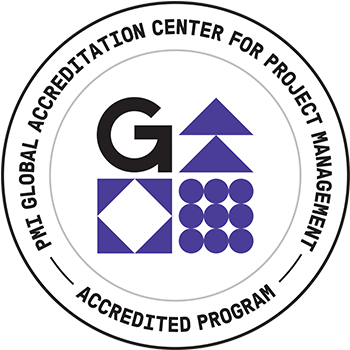“Buying Into a Customer-Centric Future: How AI and Big Ideas Can Revolutionize Government Ways of Working” will make the case for why and how we achieve a dual operating system for business agility in the government, where department silos are connected to deliver value to its citizens through value streams. Doing this requires embracing Agile, Modular Acquisitions, concepts like Scope Buffer, Leveraging OTAs and Alternative Pathways, and Integrated, Empowered Teams to enable a customer-centric government. We’ve seen this work in the past but creating and sustaining a transformation to customer-centric government won’t be easy. Based on results from the 2022 Product Government Conference, the government faces major hurdles in both developing Vision and overcoming the cultural barriers in Buying Strategies to reform government procurement processes in the digital age. This presentation will focus on government work processes’ current state and the need to embrace new ways of working and how we can create and accelerate the Customer-Centric government through Vision using Big Ideas and AI’s potential in improving sense-making with New Buying Strategies.
PMI Talent Triangle: Technical Project Management (Ways of Working)
Lean User Experience (UX) is an important element of SAFe, but if often misunderstood, underappreciated, or incorrectly staffed. A very common project mistake is to just assign the UX responsibilities to any person on the project – typically a graphic artist – and then assume that you are properly doing UX. Unlikely nearly all other project roles, UX is not generally understood to be a career focus, and project leadership does not typically engage UX Subject Matter Experts (SMEs). This is a massive mistake, as the majority of systems derive their value from supporting users, and not focusing formal efforts on maximizing user adoption and value is a missed opportunity. Project leadership should engage, and all project staff should embrace, the involvement of UX professionals who are able to bring formal cross-functional human centered design processes and principles to ensure the solutions provide meaningful and relevant experiences to users. At the end of this session participants will be able to: 1) Understand the high-level attributes of a formal User Experience (UX) approach and the types of staff and processes used, 2) Describe the value of using User Experience (UX) Subject Matter Experts (SMEs) and the value of using SMEs versus assigning general staff to UX activities, 3) Engage User Experience (UX)-focused staff on general UX activities across their organization and specific UX activities within projects.
PMI Talent Triangle: Leadership (Power Skills)

